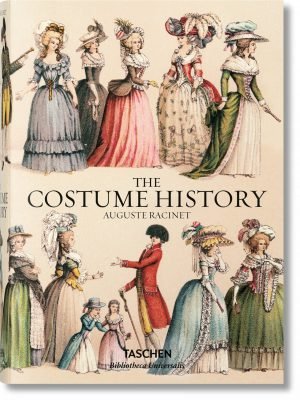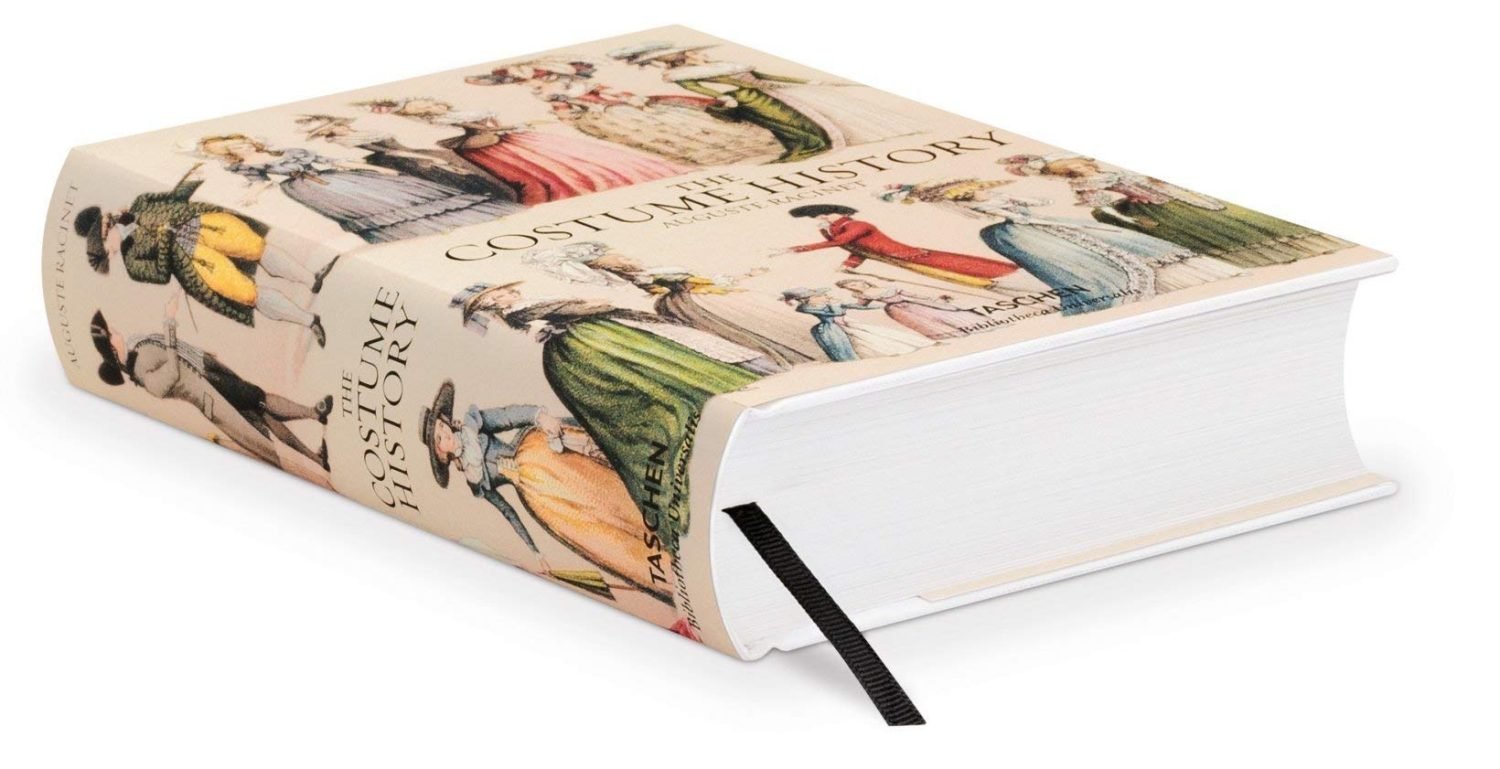
EGYPT. HIERATIC PAINTINGS FROM EGYPT AND NUBIA. GODS AND GODDESSES. PHARAOHS AND QUEENS.
No. 1. – Ptolemy II Philadelphus. (Temple of Hathor Euergetes II. on the island of Philae.) Iron helmet with the Uraeus snake, hanging down in the back the long ribbon of the crown of Ammon-Ra. Apron belted over the hips, schenti *), wide collar, bracelets and second triangular protruding leather apron, probably held by a tube or metal frame.
No. 2. – One of the six queens of the name Cleopatra as goddess. Braided hair, maybe a wig, bracelet with a Uraeus serpent. Two upright ostrich feathers, sun disk and ram horns. Skirt belted at the hips, held in place by underarm bands. Necklace, bracelets on upper arm and wrist, leg rings. In the right the handle cross, ankh.
No. 3. – Ptolemy II Philadelphus, was Pharaoh of Egypt (Great Temple of Isis, Philae Island) from 285 to 246 BC in the Greco-Roman period.
Complete Pschent, ancient Egyptian double crown, which combines the red crown of the north (Lower Egypt) with the white crown of the south (Upper Egypt) Composed of the helmet and the feather decorated mitre. The S-shaped decoration is the Lituus, the sign of the rule over Lower Egypt. Uraeus and long hanging band, striped schenti. Necklace, bracelets on the upper arm and wrist. In the hand the scourge, the flagellum, and the was-sceptre, the shepherd’s crook, a kind of sceptre.
No. 4. – Osiris, from a temple built by Amenophis II (also Amenhotep II) near Kalabschi in Nubia. Transparent robe. Flesh tone green. Pedum (crook) and nekhakha (flail, ruler scepter. Insignia of pharaonic authority), on the head the Atef, a high mitre with two ostrich feathers. The feathers represent truth and justice.
No. 5. – Muth, goddess of the upper trinity, wife of Ammen-Ra. Pschent with a Lituus, sign of mastery of the upper world, nemes-headscarf, covered with the feathers of the guinea fowl. Tight skirt, crossed around the waist. Long sceptre with lotus flower.
No. 6. – Anuke. (Great Temple, Philae Island.) It forms a Nubian trinity with Num and Sati. She wears a kind of feather cap, otherwise she wears the white crown. The jewellery seems to be without any metalwork.
No. 7. – Goddess. High mitre with ram’s horns. A single armpit holds the belt of the skirt.
No. 8 – Bust of Queen Nefertari, wife of Ramses II, also called Ramses the Great. Klaft **), Uraeus serpent, crowned with the sun disk between ram horns. Earring and triple collar. The upper body is covered by a transparent fabric.
No. 9. – Banner of Ramses III, c. 1221-1156 B.C. One head on a pole. Two raised arms rise above the gable, the hieroglyphic sign of joy. From the paintings of the temple of Ibsambul.
No. 10. – Bust of Horus. (Temple of Calabashi.)
No. 11. – Bust of Mui or Meus. (Great Temple, Philae Island.) He is the god of reason and is usually depicted with the head of the ibis. Here he wears a striped claw with a single feather.
No. 12 – Ammon-Ra (Great temple of the island of Philae). White crown with red sun disk and two upright feathers, the body blue, sceptre and handle cross. The upper part of the body crammed into an armour-like body held by armpit bands. Beard set on the chin, striped schenti.
No. 13, – Bust of Maluli, son of Horus and Isis (Temple of Kalabschi), striped claft and red mitre with yellow sun disk. Skin color yellow.
No. 14 – Kneph, Kuphis, Knumis, Noum or Khnoum. Pronaos of the great temple of Philae Island. He is the creator of gods and humans, worshipped in Nubia as Ammon. Striped claw, body held by armpit ligaments and striped schenti. At the back the long ribbon falls down, necklaces and bracelets, handle cross and cup of life.
All these gods sit on throne chairs with footrests.
*) The Schenti (shendyt) was the traditional loincloth of the Egyptian costume, made of a triangular cloth wrapped around the hips with the ends hanging down in folds at the front of the body. Sometimes the schenti was pleated or partially folded and sometimes stiffened, so that it protruded at the front, between the legs as a raised point. This garment is often the only thing the peasants wore in the fields. Workers, soldiers and sailors wore a second dress over it for better protection. Originally made of white linen, initially short, tight and straight, it widened and lengthened in the Old Empire, and the pleat combining vertical and horizontal lines appears. The edge of the loincloth was sometimes decorated with pearls, embroidered plaits or fringes.
**) Klaft, Khat or Nemes headscarf was a traditional, loosely hanging headscarf in ancient Egypt, which was worn for protection from the sun. The headgear evolved into nemes, a striped, ceremonial variant reserved for kings, pharaohs and deities. The triangular and striped cloth was about three times as long as it was wide. Laid over the head, it covered the forehead and fell down on both sides over the ears to the chest. The part of the cloth lying at the back of the head was twisted together in the neck in the form of a braid-like bulge. Nemes were often adorned with a Uraeus snake on the forehead, an ancient Egyptian king symbol for divine protection and royal power.
After the originals in the great work of Champollion: Monuments de l’Égypte et de la Nubie. Cf. the text: Champollion jeune, Panthéon égyptien, Paris 1823, – M. G, Maspero, Histoire ancienne des peuples de l’Orient, 1876. – Paul Perret, Dictionnaire d’archéologie égyptienne, Paris 1875. – J. G. Wilkinson, The Manner’s and customs of the ancients, London 1878. – René Ménard, La vie privée des anciens, Paris 1880.
Source: History of the costume in chronological development by Auguste Racinet. Edited by Adolf Rosenberg. Publisher: Firmin-Didot et cie. Paris, 1888.








